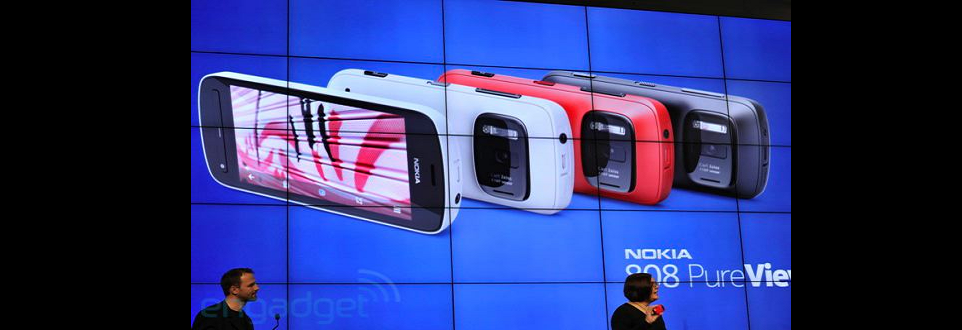Tobacco smoking is currently seen by many as the scourge of society, an action of those wanting to slowly kill themselves. It is common perception that this idea is based solely on scientific evidence that has accumulated over the past 60 years. Yet the truth is, smoking has always attracted the wrath of purists. In the past, ‘public health’ measures were not enacted because of scientific evidence, but a sense of morality – alcohol was condemned and labelled a sinful activity because of moral sensitivity, and the same was true of tobacco. So the question is, is the attack on smoking today once again borne of ethical reasoning, or scientific rigour?
When Christopher Columbus reached Cuba in 1492 with Rodrigo de Jerez and Luis de Torres, his two men experimented with smoking the tobacco pipe; Columbus himself not only refrained but spoke against it, referring to Rodrigo and Luis as sinking to the level of “savages” for smoking. When they packed tobacco on their boat and returned to Europe, there was an immediate divide between those who loved it and those who hated it, even inspiring King James I to write ‘A Counter Blaste to Tobacco’.
In the 1600s parts of the world saw people actively punishing smokers. First-time ‘offenders’ in Russia were subjected to being whipped and having their noses slit before being sent to Siberia. If they were caught a second time, they were punished by death. Sultan Murad IV of Turkey castrated smokers, and 18 a day were executed. In China, smokers were decapitated.
Such activities did not spread to the UK or USA, but other restrictions existed. In 1900, Tennessee, North Dakota, Washington and Iowa banned the sale of cigarettes by law, and by the following year 43 American states were strongly opposed to smoking. In 1904 a woman in New York was sentenced to prison for smoking in the presence of her children, and a policeman arrested a woman smoking in her car, stating “You can’t do that on Fifth Avenue.” In 1907, businesses refused to employ smokers.
By 1917 the anti-smoking feelings were still strong, and the primary focus was on using children to stop people smoking. Doctors would tell smokers they would suffer from blindness, tuberculosis or “tobacco heart”. Like today, insurance companies and surgeons would enquire if their customers or patients smoked. The August 1917 issue of magazine ‘The Instructor’ was labelled “the annual anti-tobacco issue” and featured cartoons to demonise smoking, as well as articles stating: “One puff does not destroy the brain or heart; but it leaves a stain…until finally the brain loses its normality, and the victim is taken to the hospital for the insane or laid in a grave. One puff did not paralyse the young man in the wheel chair; but the many puffs that came as a result of the first puff, did.”
That run of anti-smoking lasted until 1927, in America at least, but none of our science of today had been collected by then, rather it was all based on a moral principle. Germany was producing its own anti-smoking campaign around that time, with the famous “The German woman does not smoke” posters, as well as public smoking bans. The 1950s was the decade that saw the creation of the now-famous studies by Sir Richard Doll linking smoking to lung cancer, and in this time were other researchers like Ernst Wynder, described as a fanatical anti-smoker. By focusing on smoking as a sole factor in a time when it had yet to be implicated in disease was perhaps a tip of the hat that the researchers wanted to find an association, as so many scientists strived to do at this moment in history. In light of the findings, it was mentioned that 10% of smokers may contract lung cancer. That figure has been dropped in more recent decades although it still remains true.
Things progressed again in the 1970s with what has become known as the Godber Blueprint. Sir George Godber was a WHO representative who spoke openly of the “elimination of cigarette smoking” with comments such as “Need there really be any difficulty about prohibiting smoking in more public places? The nicotine addicts would be petulant for a while, but why should we accord them any right to make the innocent suffer?” Godber laid out a plan to achieve that goal, much of which has come into effect, such as “major health agencies [should] join forces to create and produce anti-smoking material for mass media” and he said the following should happen: elimination of smoking cigarettes; include quit-smoking assistance in health insurance; create “a social environment in which smoking is unacceptable”, raise tobacco prices enough to discourage sales; ban all forms of tobacco advertising; and create committees of sophisticated politicians in every country to help pursue stated goals. Almost 20 years before the EPA’s report that second-hand smoke poses a threat to non-smokers, Godber was creating plans to convince people of that very thing.
With regards to second-hand smoke and the question of ‘morality or science?’, about 85% of the studies on secondhand smoke and lung cancer failed to find a significant relationship between the two. Of the remaining 15% most indicated a statistical positive relationship while some actually indicated a statistical negative, or protective, relationship. The studies of course were all statistical epidemiology: not actual findings of cause and effect. Only 15% find an associated risk, and the average relative risk of those is only 1.17, which is categorised as statistically insignificant. Of the 85%, most are kept out of sight, the most famous probably being the study conducted by the WHO, the largest study performed on second-hand smoke and which was hidden by the organisation because its findings showed no ill-effect of secondhand smoke. Enstrom and Kabat also conducted a large study, for 39 years, into passive smoking. It was commissioned by the American Cancer Society and was funded by the Tobacco-Related Disease Research Program. When the preliminary data arrived and showed no harm was posed from passive smoking, the funding was pulled. This led the researchers no choice but to accept funding from the tobacco industry-funded Center for Indoor Air Research, although the results remain unchanged from what was discovered when the TRPRP funded it.
Recently there have been suggestions or enacting of outdoor bans, with Milton Keynes almost having one and New York establishing one, despite no evidence to suggest that they benefit health of non-smokers. Indeed, anti-smokers today openly talk of keeping smokers out of sight and “denormalising smoking”. Although the difference today with the past is that there are now many vested interests with financial gains to be sought from the prohibition of tobacco, the similarity remains that much of the hysteria is based on a moral disagreement with the act. If the science is lacking, as it is on passive smoking, but bans are still in place and studies showing ‘undesirable’ results are hidden while those who do not agree with the literature are to be accused of being in the pocket of Big Tobacco, the scientific credibility is thrown into disrepute, and we are left wondering if those behind the numbers harbour similar feelings to Columbus himself.







